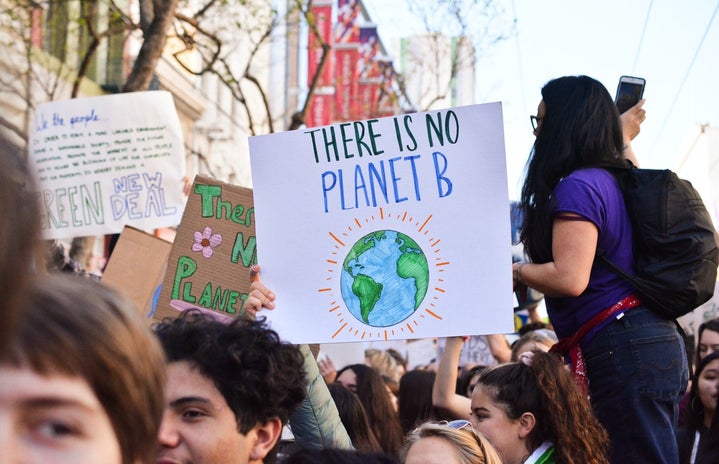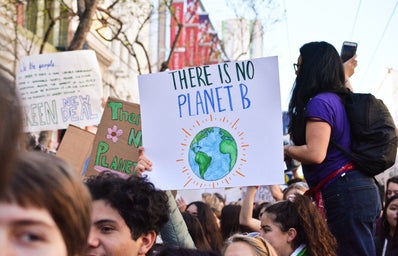At least once or twice a month, I end up falling down a rabbit hole on youtube regarding the environment and its climate crisis. The videos I watch usually pertain to updates on issues such as the Pacific garbage patch, new inventions that will reduce carbon footprint, and, of course, lifestyle changes that I can implement to do my part. When watching these videos, especially the lifestyle ones, I always become overwhelmed with a sense of optimism and responsibility. I am convinced that by cutting out milk from cows, walking more, or using reusable items, I can single- handedly save the world. Although this sense of false hope may seem misleading or harmful in the long run, I have found it to be quite beneficial because it allows me to look at new “environmentally-friendly” products with an educated view.
Often, when I am replacing single- use plastics I use and swapping them out for reusable items, I tend to go look online or at my local grocery store for these replacement items. However, as I shop, I come across many products that have false advertising and are not environmentally friendly. This misleading label is what has been recently coined as “greenwashing.” To better explain, let’s say you wanted to buy one of those bristle brushes for washing dishes with. You see in big green letters “made with bamboo”, which is a very common material replacement, due to its abundance. Many lesser-educated buyers will see the bamboo handle on the brush and take it home with them feeling fulfilled for playing their part. However, what I see from an educated perspective is that the packaging surrounding the brush is all plastic, the bristles are also made from plastic, and essentially only the handle has been swapped out. Since this “bamboo brush” doesn’t actually do any good, but gives the appearance that it does, enough so that people buy it, this is considered “greenwashing.” At first, greenwashing had only been a problem in smaller stores such as dollar stores or small grocery stores, but as the popularity of banning single- use plastic increases, so does the amount of false advertising. This problem has grown substantially due to the recent demand that even large name-brand companies have been found guilty of greenwashing.
Have you ever seen any clothing, or other products, perhaps even shoes, advertised as being made from marine plastics? Then congratulations, you’ve been affected by greenwashing. Again, as the popularity of environmental images such as ghost nets (discarding fishing nets in the ocean), the Pacific garbage patch, and the turtles eating plastic that just break your heart, the more corporations exploit these issues as opportunities. They take advantage of the individuals trying to make a difference in this world and sell them false hope. This is an especially growing issue since people are willing to pay more for the environmental difference.
However, let’s break down the reality of making clothes from “marine plastics.” First, they have to collect the nets from the ocean, then sort them by colour since the threading has to match, then finally cut them into small enough fibers to be broken down and manufactured into thread. After looking at all the labour costs, energy, machinery, materials, and making thread from ghost nets, it’s all too high to profit from it. Even with the added green tax it doesn’t make it financially worth it as an investment for these large companies. Because of this, it’s pretty safe to assume they are guilty of greenwashing.
It’s important to note that in no way is this the consumer’s fault for not being educated, but instead, it is the fault of corporations taking advantage of an already delicate situation. Of course, I still highly encourage people to make more of a conscious effort toward helping this planet, and I would never be mad at someone for falling for greenwashing tactics. But I wanted to get this message out to educate others so that their drive to save the planet can actually be put to good use.


